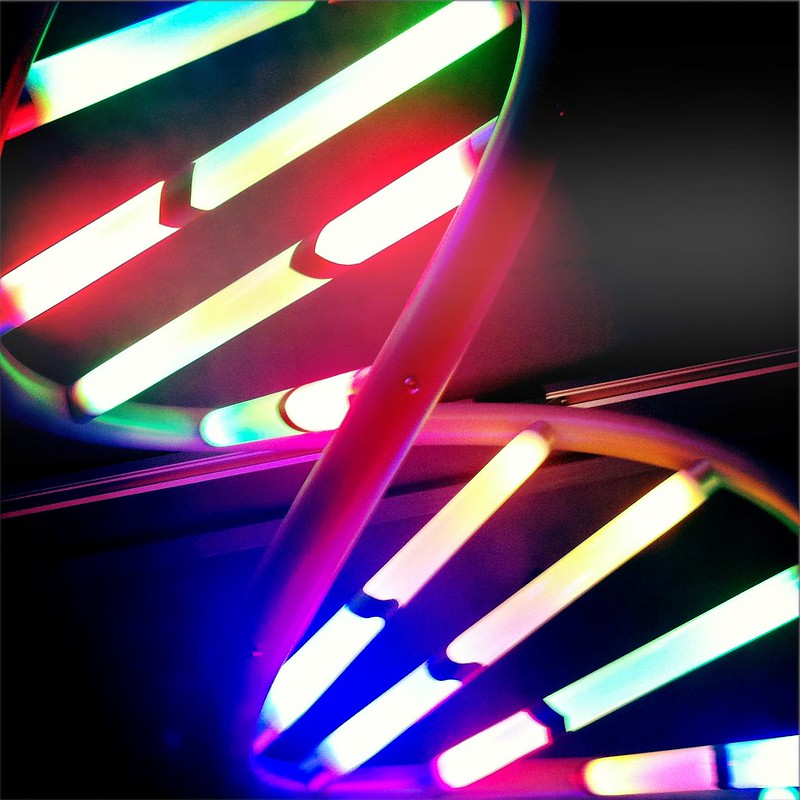Today we’re learning about forensic proteomics.
You know what that is, right?
No? Well, neither did I, until I heard about this study out of the University of California, Davis.
We’ve seen just how valuable DNA evidence can be for criminal investigations. Sometimes a small amount of DNA is all it takes to identify a suspect – or rule one out.
But DNA is fragile and over time it breaks down.
So what do you do if the DNA that can solve a mystery for you isn’t there anymore?
That’s where forensic proteomics comes in. As one researcher put it, it’s a way to read DNA when there isn’t DNA to read.
We now know enough about DNA that if we look at how the amino acids are sequences in a fragment of the protein that’s left behind, we can work backwards and fill in the DNA sequence that would have created that protein.
The scientists at UC-Davis say their equipment works with as few as 50 nanograms of protein, which is less than what’s in an inch of hair.
That’s probably good news for crime scene investigations, or at least get David Caruso to lower his sunglasses a few times.
Here’s a story out of a record shop in Seattle, Easy Street Records. Back in the early 90s the shop was, as record shops do, buying record collections that would eventually be resold. In this case, the collection sat in storage for about 25 years.
When the staff finally went through it, they found something very special: a royalty check to Nirvana’s Kurt Cobain. The frontman never cashed it, and since it dates to before the band hit it big, maybe he could have used all of that $26.57.
Forensic Proteomics, a New Tool for Crime Labs and Anthropology (UC-Davis)
Found in a Record Store: Kurt Cobain’s Royalty Check (Atlas Obscura)
With the lights out, it’s less dangerous, here we are now, back us on Patreon

